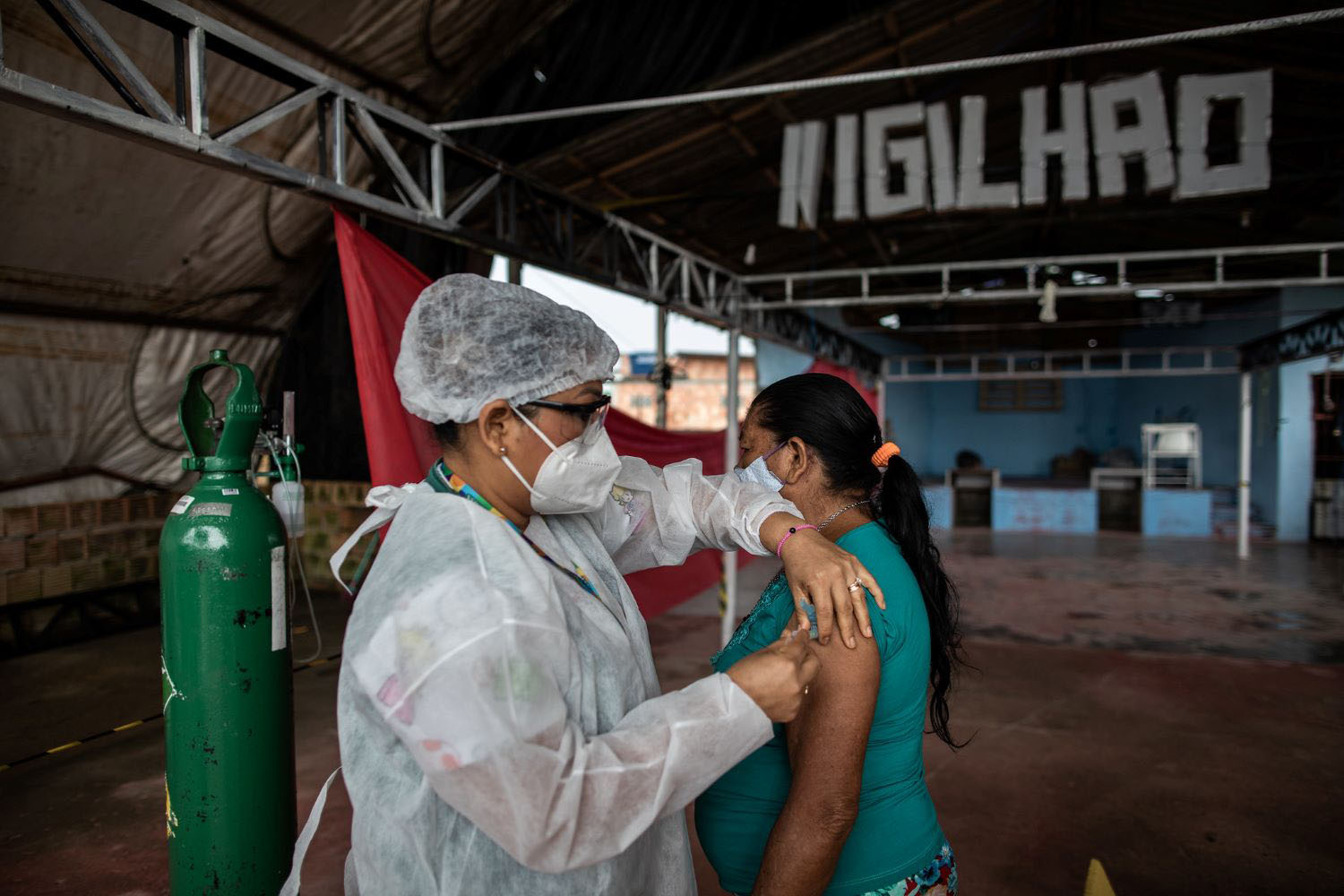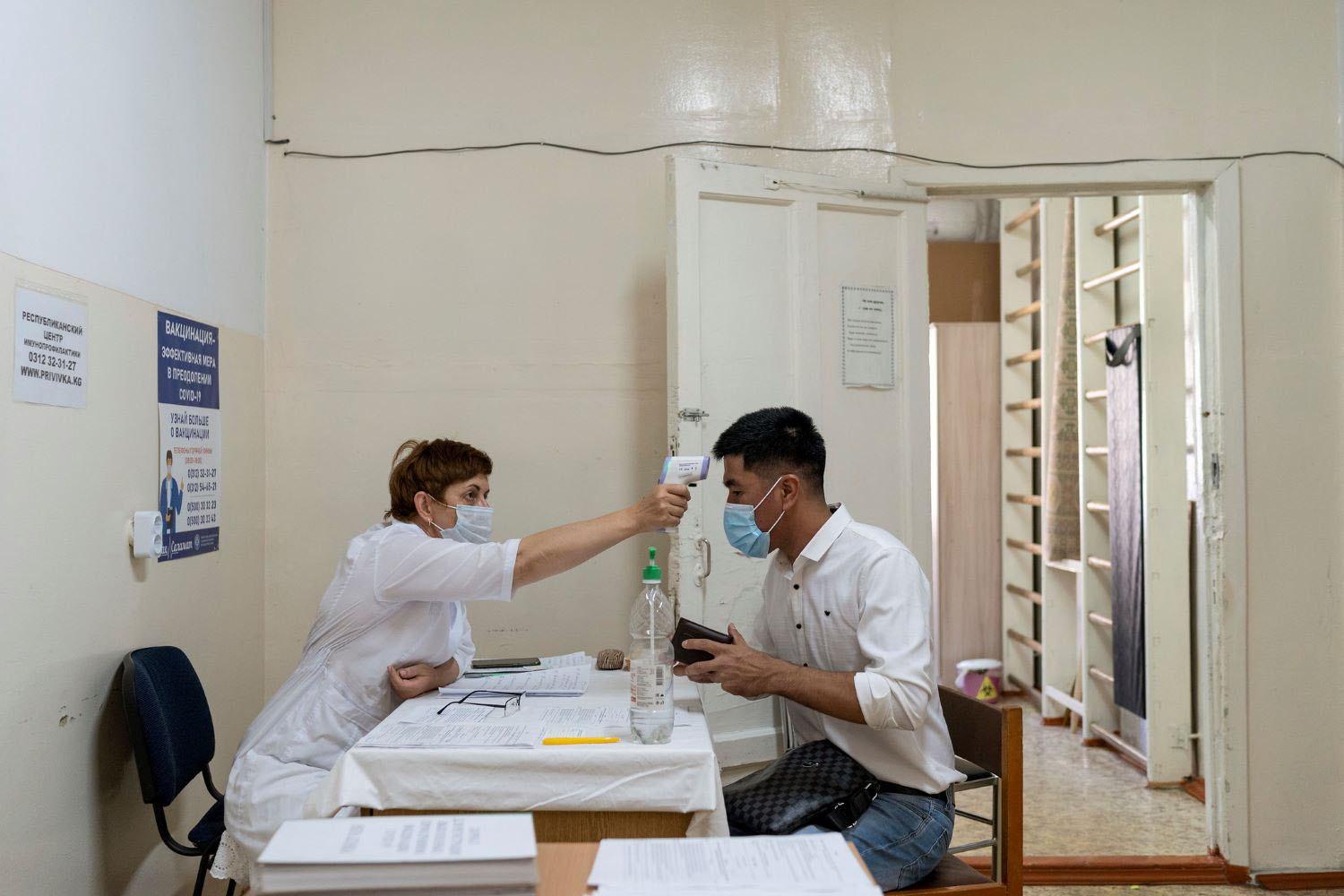According to an article in BBC News, researchers from Johns Hopkins University working on the Rakai Project in Uganda have released two important findings: that there are multiple subtypes of HIV/AIDS in the community (sub-types A and D are the most common in Uganda), and that the different subtypes have different viral progressions in infected people:
Even though the quantity of virus infecting these individuals was roughly the same for each subtype, average years of survival for each subtype differed widely: 8.8 years for A, 6.9 years for D and 5.8 years for AD.
It is no surprise that there are different strains of the disease within and between countries. What is less well known, or at least less discussed, is the existence of remarkably different subtypes within singular communities. This diversity raises important, and complicated, programmatic and policy questions: do these different sub-types respond in the same way to first-line medications? Does one breed resistance more quickly? If sub-type D is more virulent then type A, should those patients get priority for treatment? Or should people with sub-type A get priority to maximize the cost-effectiveness of the treatment? Do health facilities have the capacity to distinguish between the two types, should they? And what about prevention - and especially prevention of co-infection, since that is the most deadly of all?In a recent post,
Why Numbers Matter, my colleague Jessica Wolf argued that the international health community has chosen to favor 'advocacy over accuracy' in determining global public health priorities - and that this has resulted in a shift away from considering cost-effectiveness in prioritization. I would argue that in addition to banishing cost-effectiveness, this preference for advocacy has introduced another fault: oversimplification. Advocacy campaigns based on targets, including principally the WHO's 3x5 initiative, sends the message that providing anti-retroviral treatment is a simple endeavor if only there were enough funds. This approach glosses over the challenges that implementers know all too well, including: health sector capacity, training, lack of reliable supply chains, policy changes, adherence and resistance, management capacity, lack of facilities, stigma - and now an understanding of the disease itself.
CGD blog posts reflect the views of the authors, drawing on prior research and experience in their areas of expertise.
CGD is a nonpartisan, independent organization and does not take institutional positions.





